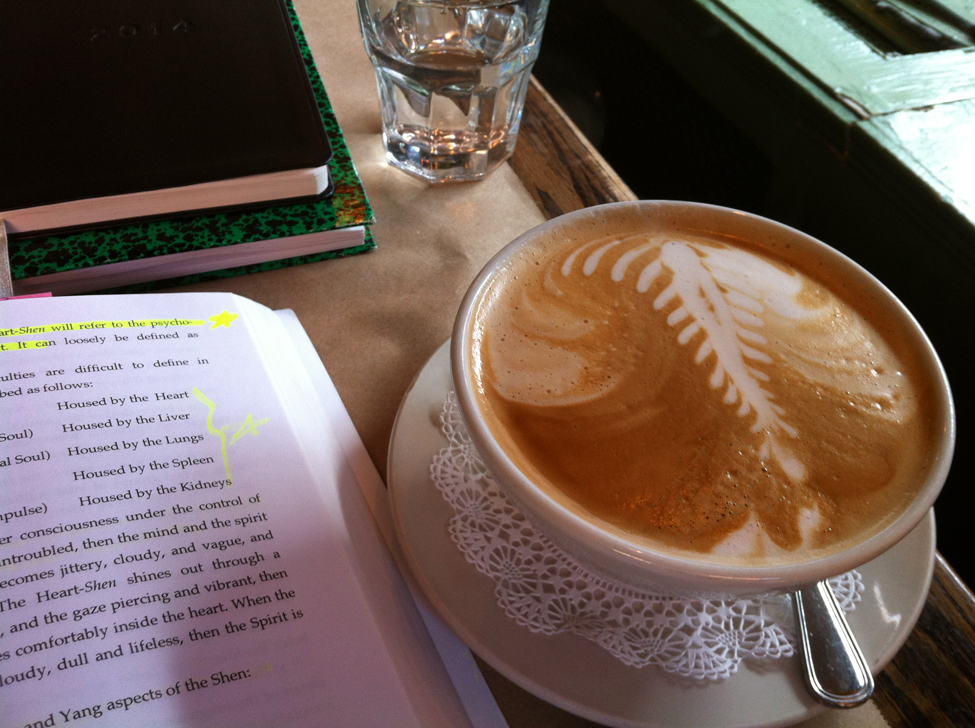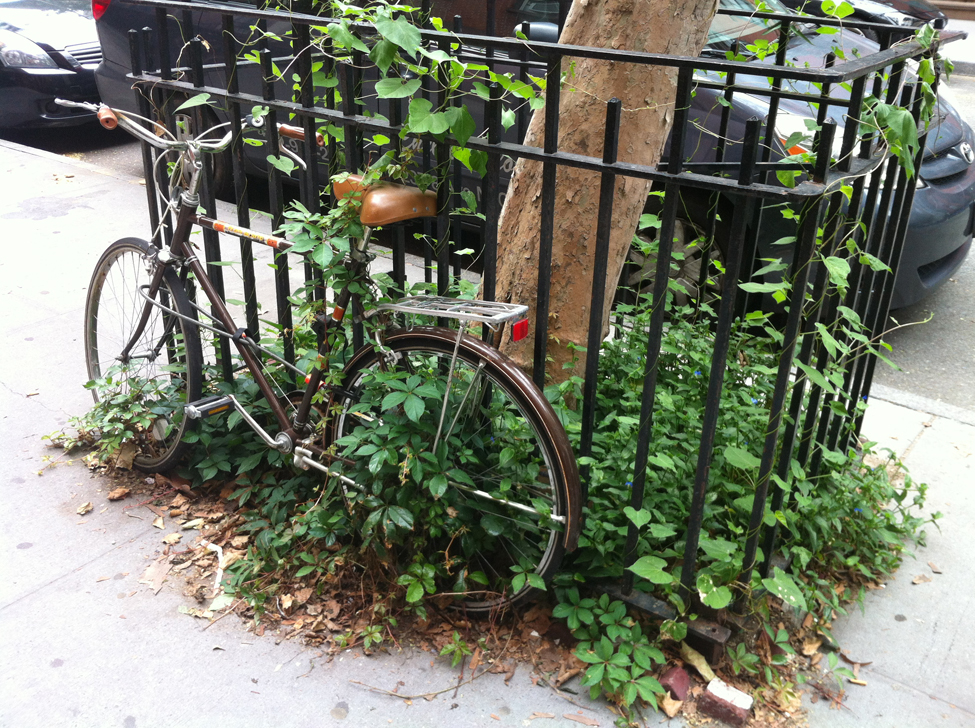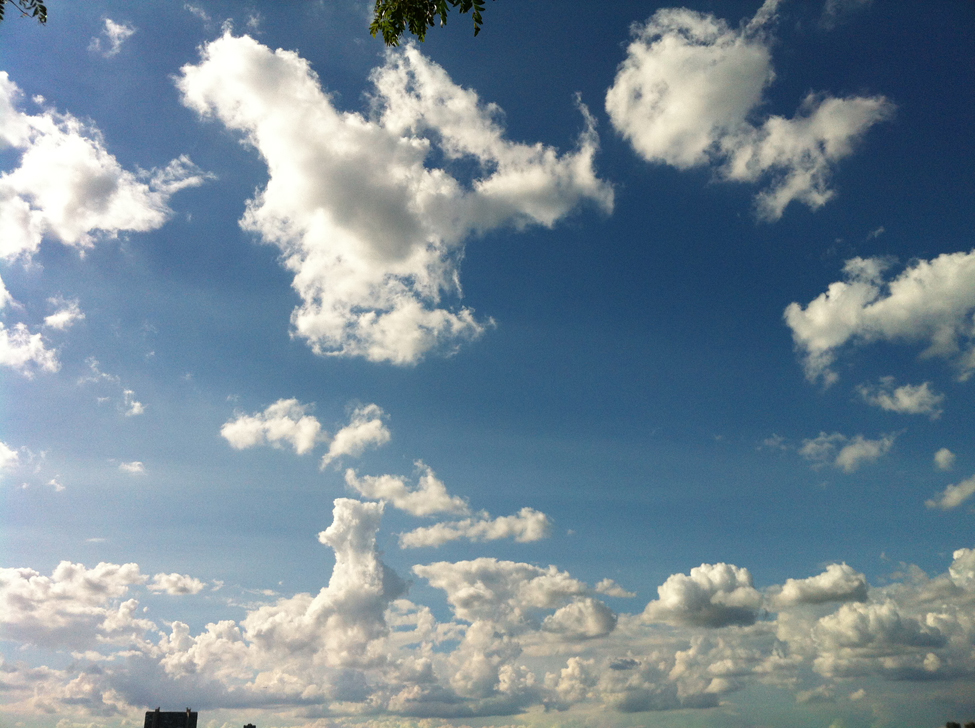LI
It seems, by creating so many promiscuous horrors – both events and conditions – that humanity is trying to move itself off an intolerable sticking point and into either a state of permanent, all-extensive hell, or into some sort of “rehab,” in which we would contemplate the possibility of survival, recovery and management of our savagely warring energies.
Increasingly the nature of the horrific events – such as airliners vanishing in an age in which the page I am reading at this table can be seen in high definition by someone at the other end of a satellite link and, officially, no mote is invisible, or the current (2014) bombing and invasion of Gaza, and again, another civilian air tragedy in Ukraine – seem less like events unto themselves, than re-enactments of dreadful things unaccounted for in the past and hence doomed to some sort of convulsive, compulsive repetition. The gut is empty, but the dry heaves, and with them, the hemorrhaging, go on.
At bottom, the pathology appears to be rooted in a near-universal willingness of one tribe to purchase the illusory safety of its own children via the murder of someone else’s. Or else, the controlled sacrifice of one’s own group authorizing the wholesale massacre of designated others.
Any system of accountancy that is not based on the fundamental principle that the life of your child and my child are of equal value, can never hope to succeed in limiting human misery to that which results from the vicissitudes of mortal existence, rather than augmenting it with the harm we inflict on one another and ourselves in the name of whatever abstract notion of domination or necessity.
We have reached the stage of simply not being able to afford the concept of states of exception, but the practice has long historical roots, and the compulsion is powerful.
This may have happened in other periods, I don’t know. I wasn’t there, and they have not, precisely, been described this way by those who were. But events, as we knew them, fall ever into lower relief, and with them, our ability to make accurate comparisons between one thing and another has begun to collapse on itself. The capacity of discernment fails – to the point where we create, constantly and mindlessly, false equivalencies. And rely on them as though they were real – as though a hundred and fifty apples were a hundred and fifty pineapples, or a hundred and fifty cluster bombs, or croissants, that three dog are equivalent to seven cats or vice versa, except for Schrödinger’s, or that, given its longer coastline, Norway is larger than China, or that one Israeli is worth x number of Gazans and all images refract into seven billion unrecognizable selfies.
Wondrous comparative titles:
Various Academy Figures Newly Compiled from Life with Enormous Labor and at Great Cost, Most Convenient for Young People Who Enjoy the Art of Drawing. By Petere de Jode, published in Antwerp, 1629.
The Great Image Has No Form, or On the Nonobject through Painting. By François Jullien, Chicago: University of Chicago Press, 2009.
…the question of the sketch, says Jullien, makes it possible to conceive of the plenitude of the incomplete… p. xxii.
I cannot fix my object.
‘tis always tottering and reeling by natural giddiness.
I take it as it is at the instant I consider it.
I do not paint its being,
I paint its passage.
Said Montaigne.
Of States
All states, however much they may contend, have a shared goal: the subjugation of their own populations. In fact, one could say that a central characteristic of a state is the amount of energy it devotes to subjugating its subjects by whatever means it has at its disposal.
When dealing with the state, one considers degrees of elasticity in governance rather than underlying function.
The state is, therefore, a machine for subjugating populations since its engineering is organized around the principle of subjugation. States may vary in design to some degree, but their social product is essentially the same.
Things, yes. How otherwise? But one hopes to feel oneself in the course of things. One wishes to, however conscious of distinctions, to also abide within the unity out of which all things arise, submerge and continuously flow.
Roxy Music’s “Tara”: the West’s last sigh. Before our self-expulsion from the garden of melancholy. And yet it will be music that arises to carry us home.
Mood makes the man. Or rather, more accurately, the hormone being.
Is it possible, linguistically, physically, to be a human non-being? Don’t ask the Danish Prince, he can’t help us out ‘cause he don’t know.
Anatomy for Plumbers.
I was a poltergeist for the FBI.
Is it stone soup yet?
Leonardo, in his Treatise on Painting, discusses the power of “confused shapes,” such as clouds or muddy water. For Leonardo the goal of this is to “quicken the spirit of invention,” and Gombrich says that “he goes so far as to advise the artist to avoid the traditional method of meticulous drawing because a rapid and untidy sketch may in its turn suggest new possibilities to the artist. But is this forward drive toward invention all that is affected by taking this approach, or do we not also see a use of the unfinished as a way of bypassing the lockdown of absolute illusionistic presence, and permitting the work to gesture to what the Song Dynasty art theorist Rao Ziran calls a “world without end”?
The West ultimately drives at the pornographic image: the all-revelatory, full-frontal, moneyshot – of presence pushed to its extreme – the chiasmus illusion of no absence: the mad, Apocalyptic equation of the visible with the real, of surveillance with security.
Yet:
The sides of the mountain, the clouds block them from view;
the stone walls, the cascades also block them;
towers and other buildings, the trees block them as well,
and the paths, men block them too.
[Attributed to Wang Wei]
This mode of imagemaking tends away from the hypervisible and attempts to balance that which is seen with that which is covered over and concealed, in order to depict a world in which presence and absence mingle continuously, where that which is manifest also conceals and that which is concealed gestures toward the unfathomable – the whole, taken together, suggesting infinity.
I will speak later, about how the form of writing we call fiction possesses the capacity to sustain a far heavier load of human “truth” than that which we call nonfiction, however truthfully intended and punctiliously rendered it may be, is structurally able to bear.
THE END.
Full stop.
But is that so?
O, Telos, a lie.
In advising a young Northern Song artist who over-represented when painting landscapes, Sung Ti suggested that he: “choose an old tumbledown wall and throw a piece of white silk over it. Then, morning and evening, you gaze at it until, at length, you can see the ruins through the silk: its prominences, its levels, its zig-zags, and its cleavages…”
The good, the bad, and the colonized.
There is something magnetically attractive about power in its “pure” form, i.e. unlinked from love. Thus “liberated,” from its murky entanglements to flesh and blood, power can ascend to empyreal heights, manifesting as the absolute aesthetic ideal, quite apart from form.
My task here is to reverse normal procedure: to start from the effects that seem so glorious and search for their causes, whatever discomfort that may entail. This is how This is how Yu Hua, author of China in Ten Words [trans. Allan H. Barr, New York: Anchor Books, 2011] sets forth his aim in his Introduction.
But is Yu truly searching for the causes to effects, or is that his translator’s best shot and bringing his ideas into English? If the latter, might one instead use the word origins in place of causes, therefore locating the search upstream from overt manifestations while avoiding at the outset the dualistic trap?
Every historical moment is the sum of its personal histories, and every personal history embodies and distills within it, the entirety of the social moment.
The West has it backward: it is not discontent that produces change, but rather change that produces, among other manifestations, discontent.
Isn’t it a little bit silly to put so much focus on THE END, and not have an end game?
Breathers of the world unite! You have life to sustain, and nothing but your narrative to lose! [Official translation approved by Engles.]
Franciscus Junius, in his seventeenth century study of The Painting of the Ancients, recounts an anecdote preserved by the Byzantine writer Tzetez:
The Athenians intending to consecrate an excellent image of Minerva upon a high pillar, set Phidias and Alcamenes to work, meaning to chuse the better of the two. Alcamenes being nothing at all skilled in Geometry and in the Optikes made the goddesse wonderfull faire to the eye of them that saw her hard by. Phidias on the contrary… did consider that the whole shape of his image should change according to the height of the appointed place, and therefore made her lips wide open, her nose somewhat out of order, and all the rest accordingly… when these two images were afterward brought to light and compared, Phidias was in great danger to have been stoned by the whole multitude, until the statues were at length set on high. For Alcamenes his sweet and diligent strokes beeing drowned, and Phidias his disfigured and distorted hardnesse being vanished by the height of the place, made Alcamenes to be laughed at and Phidias to bee much more esteemed…


